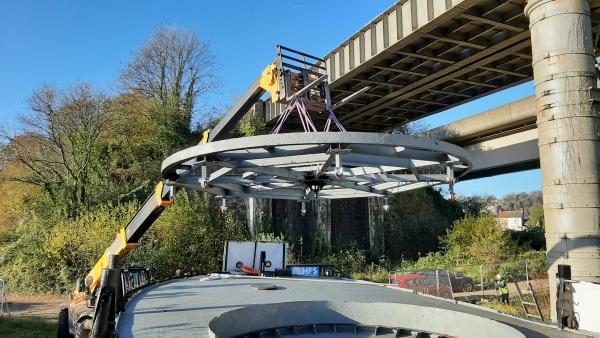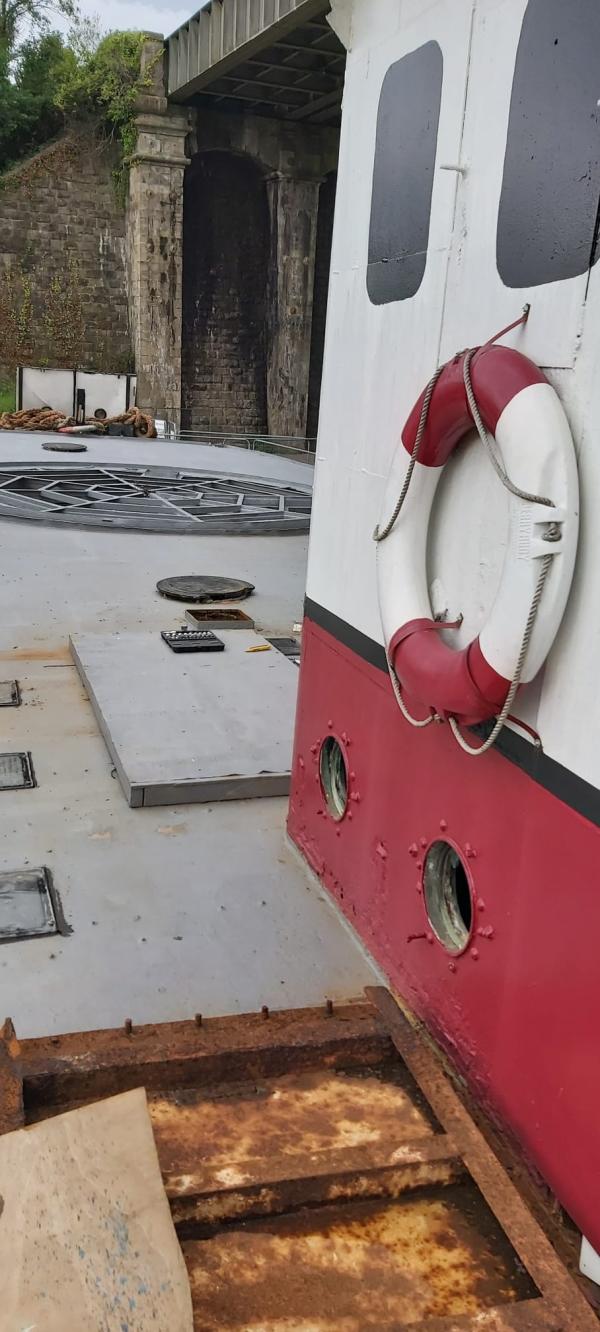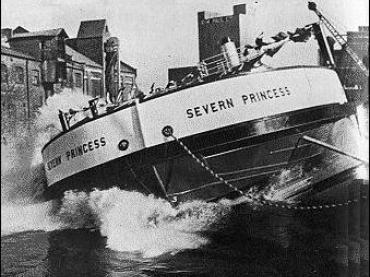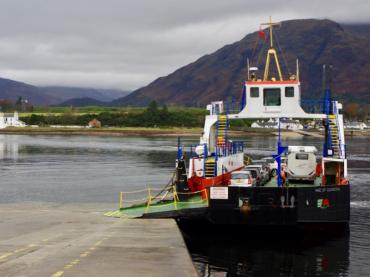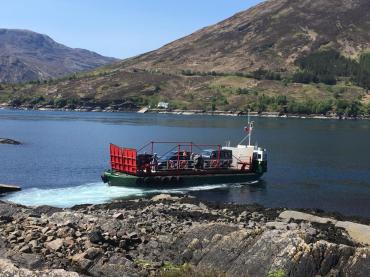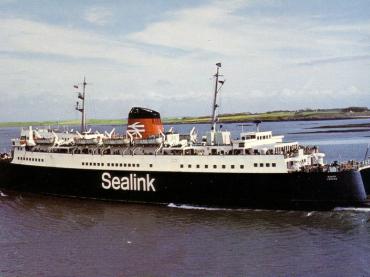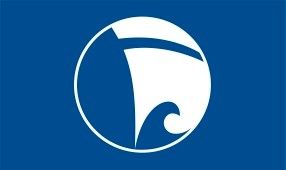

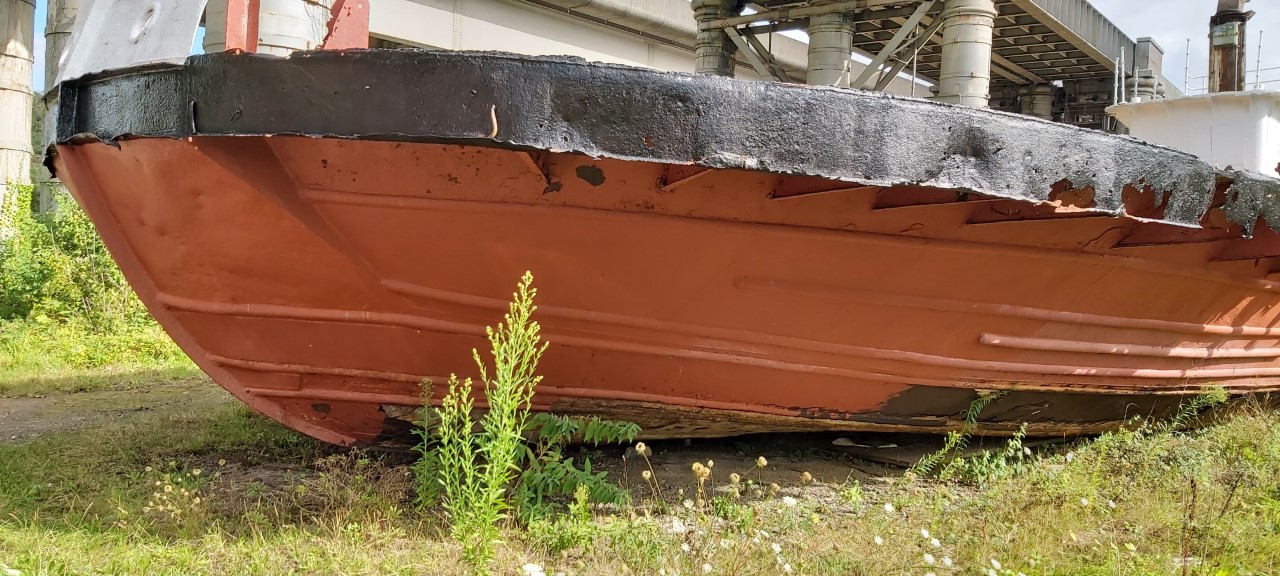
Details
Construction
Dimensions
History
MV SEVERN PRINCESS is the only ferry remaining from a set of three – the SEVERN KING, QUEEN and PRINCESS - who worked the Old Passage across the River Severn. She was built in 1959 by the Yorkshire Dry Dock Company, in Hull, and had a capacity for up to 19 cars. She incorporated a turntable opposite the gangplanks to enable the manoeuvring of vehicles into tight parking spaces, and her wheelhouse was supported on a conning tower that enabled the Skipper to view the whole vessel and the piers as he approached them to dock. The PRINCESS was fitted with twin engines to power through the tidal waters. The early ones were two stroke diesels, manufactured by Ruston-Bucyrus and Thorneycroft. In the latter years, the three ferries were all fitted with Leyland 680 Ajax engines at the Charles Hill Shipyard in the Cumberland Basin in Bristol.
Historically, there has been a known route across the River Severn from Beachley to Aust since at least Roman times, known as the “Old Passage.” However, the mile-long journey was (and still is) perilous, due to the treacherous tides. This discouraged travelers who would have originally relied on small boats powered by sail, oars or paddles. The alternative route on land via Gloucester, added 55 miles to the journey. The impetus for the development of travel in the area initially came with steam ferries, which operated from 1827 to 1860. Due to fatalities and the coming of the railways, the service was discontinued as demand diminished, until a revival of interest in the waterway during the 1920s. A ferry service started up again in 1926, part owned by entrepreneur and businessman, Enoch Williams. Initially it transported only passengers with bicycles and motorbikes, however, with the coming of the motor car came the opportunity and interest for a ferry service with vehicle transport capability.
In 1931 Enoch’s new company, the Old Passage Severn Ferry Company Ltd, was launched with the design and construction of the first car ferry, the PRINCESS IDA; named after Enoch’s wife. The SEVERN PRINCESS ferried passengers for the Company from 1959 until 1966, when the first Severn Bridge opened and the boats became redundant. She was then sold to the West of Ireland Fisheries Ltd in 1966 and initially used to unload coal from a sunken coaster in Galway. Subsequently deployed ferrying cargo, she suffered damage from being run up on shale beaches. She worked like this for an indeterminate amount of time until she was abandoned in Kilkieran Harbour, County Galway, Ireland, where she was found in 1999. She was bought for 1 guinea and, in a dramatic and dangerous rescue, was towed back to her home town of Chepstow, South Wales, downstream of the Brunel railway bridge, where she had originally been moored up along with the SEVERN KING and QUEEN, after their day’s work.
Currently, she remains in Chepstow under conservation, managed by the Severn Princess Preservation Trust. The Trust was set up in 2018 to: advance the education of the public by the establishment and maintenance of a museum and associated artifacts in the subject of car and passenger carrying ferries used on the River Severn between 1929 and 1966, the part played by the River Severn in the history and economic development of Wales and England and the importance of river travel; and preserve for the public benefit the SEVERN PRINCESS as the last of the River Severn Ferries and a vessel of historic interest.
Since the time when the Severn ferries’ service began in 1931, they have always been a subject of interest to the press and the media, with even the Skippers of the ferries, such as: Bill Groves, Percy Palmer, Charlie Savage, Ben Brown, Jack Bollen and Roger Smart, being like local celebrities. Many people still remember travelling or working on SEVERN PRINCESS and have fond memories and stories to tell of how the ability to travel impacted their life.
Significance
1. What is the vessel’s ability to demonstrate history in her physical fabric? Evidence for designs, functions, techniques, processes, styles, customs and habits or uses and associations in relation to events and people. How early, intact or rare these features are may impact on significance.
Launched by the Yorkshire Dry Dock Company of Hull in 1959, SEVERN PRINCESS was built as a ferry for a route that had been expanded to include vehicle traffic since 1931. Her design shows refinement from earlier craft, with the capacity to carry up to 19 vehicles in addition to passengers and bicycles. To load the maximum number of vehicles via side ramps, a manually operated turntable was installed in the deck forward of amidships. This innovation is credited to Ida Williams, wife of Enoch who restarted the ferry link in 1926. She took inspiration from turntables used on the rail network to rotate trains. Vehicles would embark using the hydraulically driven side ramps and then be positioned via the turntable to drive into parking locations on the deck. On disembarking, the reverse process would see vehicles driving on to the turntable to be rotated to align with port or starboard ramps to allow them to drive off. SEVERN PRINCESS is the only surviving example of this technology known to exist, since the design differs from other turntable ferries in Scotland, such as MV Glenachulish, where the entire vehicle deck rotates. She was sold to new owners in Ireland in 1966. Repeated beaching caused damage to the hull and she was found laid up in an abandoned state in 1999. Subsequent conservation work has been sympathetic to the original design and construction. Her turntable mechanism has been returned to operational condition having been cemented up during her time in Ireland. Other work has included preparing and recoating the hull and superstructure. The original two stroke diesel engines were replaced during her operating life and the current engines have now been removed along with all other machinery. Her wooden wheelhouse and car deck has also been removed, exposing the steel deck below. The hull and structure are original, with her profile largely remaining unchanged.
2. What are the vessel’s associational links for which there is no physical evidence?
Associations with people or places. Off-ship research.
SEVERN PRINCESS was the last ferry built for the ancient crossing from Aust in England to Beachley nr Chepstow in Wales which, since Roman times up to the opening of the first Severn road bridge in 1966, had avoided a 55-mile alternative land route via Gloucester when crossing between Wales and England. This historic ferry route provided business and travel opportunities for members of the public, with traffic figures showing over 200,000 vehicles a year being transported in the final years of operation. The rights were owed by the Duke of Beaufort, and the crew were predominantly local men from Sedbury and Chepstow, with some from nearby Aust and Pilning giving SEVERN PRINCESS a strong association to the area, with several families having multiple members employed by the company, some spanning several generations.
Passenger lists were never recorded, but the route was travelled by a full cross-section of society. An article published in the Bristol Week-End dated Wednesday 20 March 1963, listed HM Queen Elizabeth II, the Queen Mother, Prince Philip, Princess Marina, the King of Greece, Haile Selassie and Lloyd George, as just a few examples of Royalty and politicians who had used the route. Pop stars are also well represented, with the Beatles taking the crossing in 1965 heading to their last concert in Cardiff, whilst in May 1966 Bob Dylan was photographed for an album cover on the Aust side of the crossing waiting for the SEVERN PRINCESS to carry him over to Wales on his concert tour.
The ferry, its route and various associations, have been documented in a range of sources including: press, media, publications, film – and even song. Most recently, they were featured in the book “Severn Enterprise” by Christopher Jordan and the 2021 ITV series titled "Vanished Wales” with a follow-up book to accompany the series planned for 2025. MV SEVERN PRINCESS was recorded on the National Register of Historic Vessels in 2023.
3. How does the vessel’s shape or form combine and contribute to her function?
Overall aesthetic impact of the vessel, her lines, material she was built from and her setting. Does she remain in her working environment?
The design of SEVERN PRINCESS gives her a workboat aesthetic whose purpose is evident from her lines and profile. Her open deck is clearly intended for vehicle parking with minimal space taken up by superstructure and bridge. All her machinery was positioned below deck level. The dimensions of her steel hull were designed to maximize the number of cars that could be carried, whilst her keel-less shallow drafted hull was specifically required, given the large tidal range of the Severn estuary. Her twin engines and single rudder provided sufficient power to fight the flow of the tide and aid maneuverability. Raised bulwarks and side opening hydraulically operated ramps also ensured that the vessel could be safely operated in the choppy conditions sometimes encountered when the wide and tide were against each other. Her wheelhouse, constructed of wood and glass, was raised high above the deck to give the skipper a clear view as he approached the piers to moor. Fortunately, the vessel’s later utilisation as a cargo carrying ferry in Ireland, has not significantly impacted on her original form. SEVERN PRINCESS is now kept ashore under preservation in Chepstow, fittingly close to the Beachley slip that she operated from. It is hoped that she will form part of a museum on the history of this important ferry route between England and Wales.
Sources:
The Severn Princess Preservation Trust
Authors:
The Severn Princess Preservation Trust & NHS-UK
May 2025
Key dates
-
1959
Built by the Yorkshire Dry Dock Company, Hull. Owned by the Old Passenger Ferry Service Ltd (operated by Enoch Williams)
-
1966
Closure of the Beachley - Aust Ferry Service with the opening of the first Severn Bridge
-
1966
Purchased by West of Ireland Fisheries Ltd
-
1999
Found abandoned in Kilkieran Harbour, Ireland, purchased by the Severn Princess Restoration Group for 1 guinea and brought back to Chepstow, Wales
-
2018
The Severn Princess Preservation Trust was set up
Own this vessel?
If you are the owner of this vessel and would like to provide more details or updated information, please contact info@nationalhistoricships.org.uk

